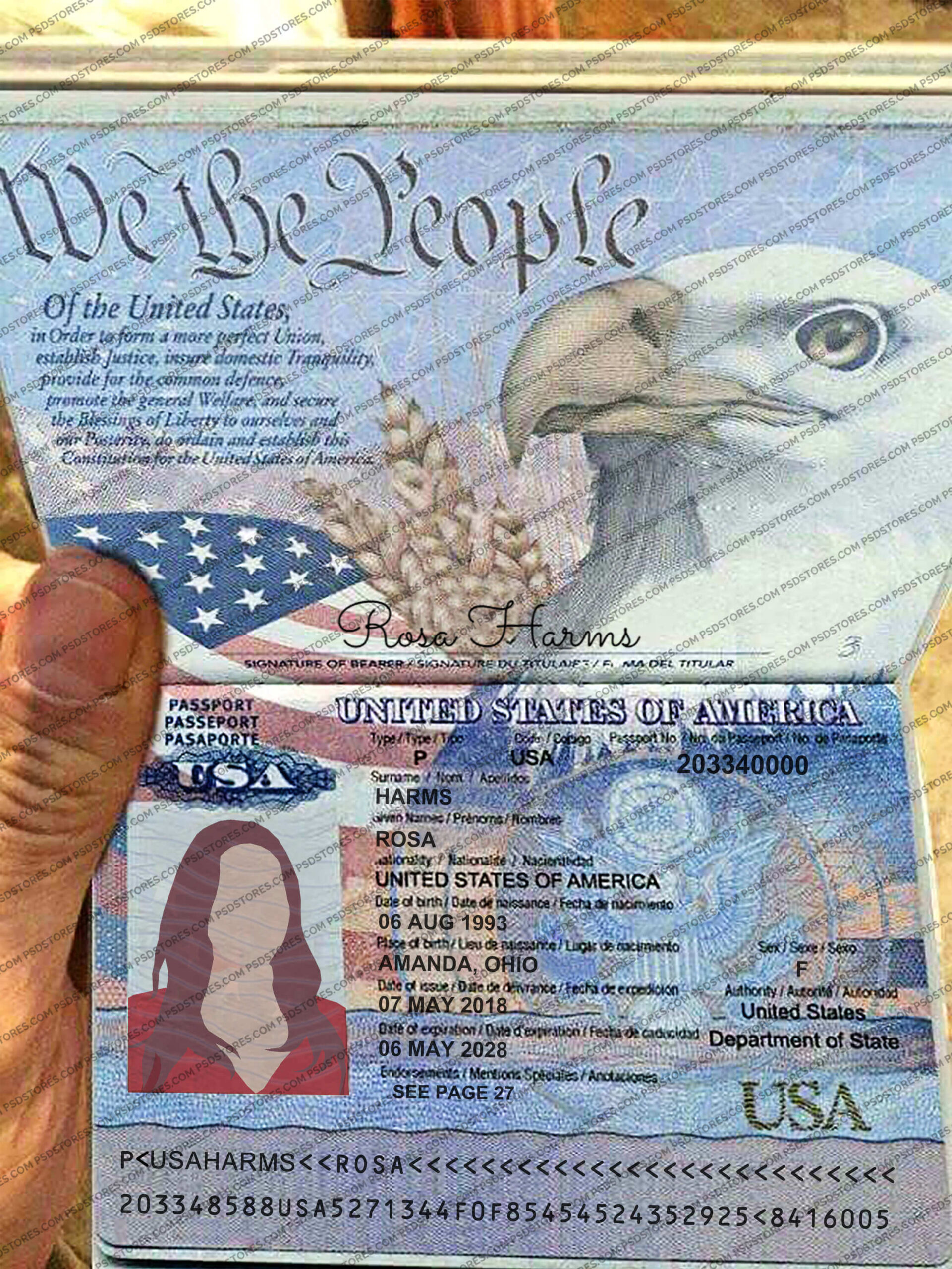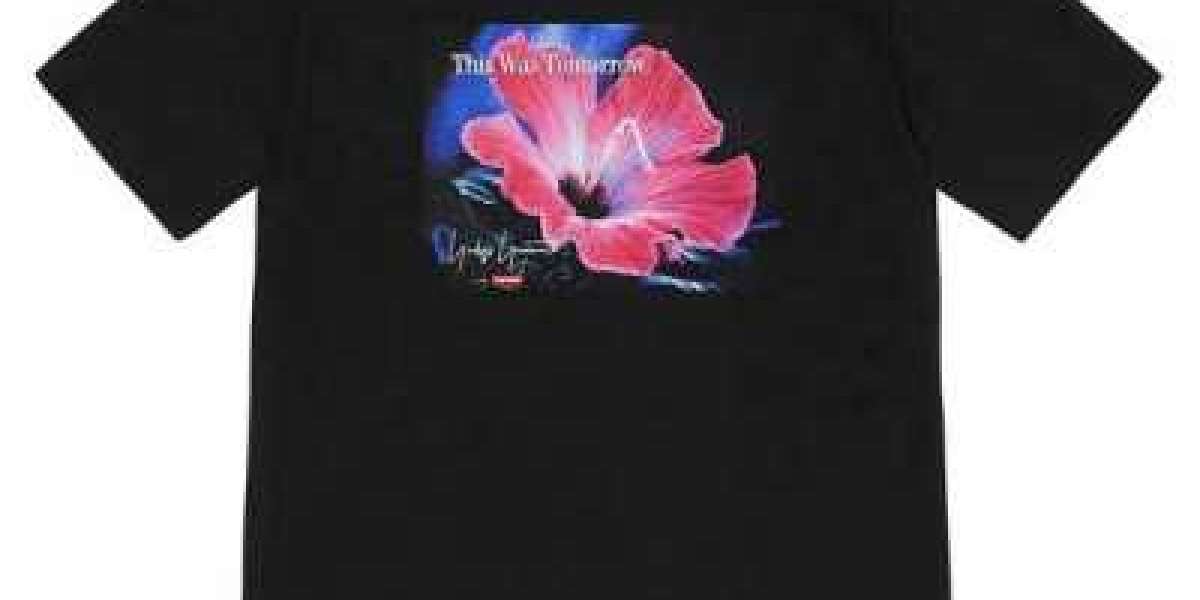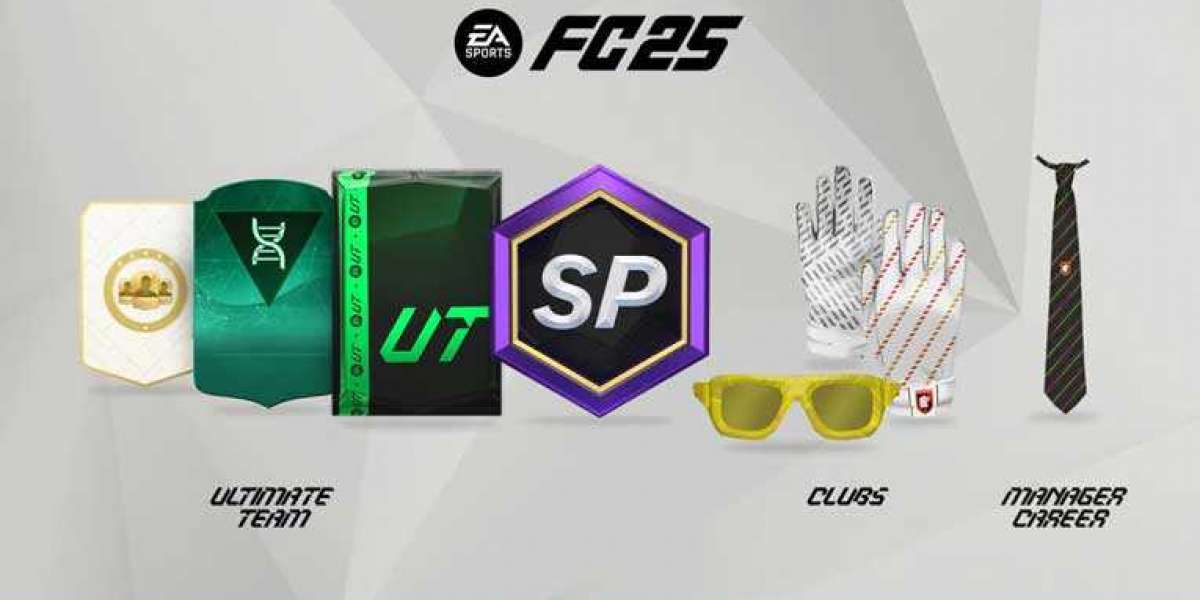While these files can be used for legitimate purposes, such as educational projects or design mockups, they also present significant risks when misused.
What is a US Passport Template PSD?
A US passport template in PSD format is a digital file that replicates the design of an actual US passport. These templates often include layers that represent the various elements of the passport, such as the photo, personal information, and security features like watermarks and holograms. Designers use PSD files because they allow for easy editing and customization, which can be useful in creating realistic mockups.
Legitimate Uses for Passport Templates
There are several legitimate reasons someone might seek a US passport template in PSD format. Graphic designers, for example, might use these templates to practice their skills in creating secure documents. Educational institutions may also use these templates to teach students about the design and security features of passports. Additionally, law enforcement agencies might use these files for training purposes, helping officers learn how to spot fake passports.
The Dark Side: Misuse of Passport Templates
However, the availability of US passport template PSD files also opens the door to misuse. Criminals can use these files to create counterfeit passports, which can be used for illegal activities such as identity theft, fraud, or even human trafficking. This misuse not only breaks the law but also poses a significant threat to national security and the safety of individuals.
How Counterfeiters Use PSD Templates
Counterfeiters start with a basic PSD template, editing the layers to input personal details, photos, and other information. They often use high-quality printers and specialized materials to produce a physical document that closely resembles a real US passport. Despite their efforts, these counterfeit passports often lack the sophisticated security features of a genuine document, making them detectable by trained professionals.
The Legal Consequences of Creating or Using Fake Passports
The creation or use of a fake US passport, even one based on a PSD template, is a serious federal crime. Penalties can include hefty fines, imprisonment, and a permanent criminal record. Those caught in possession of a counterfeit passport may face charges related not only to document forgery but also to any other crimes committed using the fake passport, such as fraud or illegal immigration.
Spotting a Fake US Passport
Detecting a fake US passport requires careful examination of its security features. Genuine US passports contain advanced security elements, such as RFID chips, holograms, and UV-sensitive ink. These features are difficult to replicate accurately using a PSD template. Trained professionals often use scanners and other tools to verify the authenticity of a passport, making it increasingly challenging for counterfeiters to succeed.
The Role of Technology in Preventing Passport Fraud
As technology evolves, so too do the methods for preventing passport fraud. The US government continually updates passport security features, making it harder for counterfeiters to replicate these documents accurately. Additionally, border control and customs officers are trained to recognize the subtle differences between a genuine passport and a counterfeit one. The use of biometric data, such as fingerprints or facial recognition, further enhances security, making it nearly impossible to use a fake passport successfully.
Conclusion
us passport template psd, while useful in certain legitimate contexts, carry significant risks when misused. The creation or use of counterfeit passports is a serious crime with severe consequences. As technology continues to advance, the methods for both creating and detecting fake passports will evolve, making it crucial for individuals to understand the legal and ethical implications of using such templates. Whether for design practice or educational purposes, these templates should be handled with the utmost responsibility to prevent their misuse.









